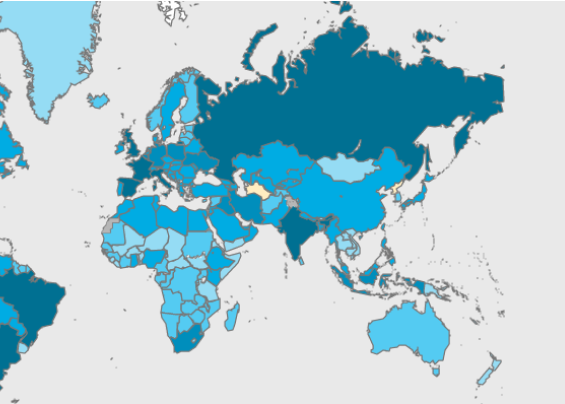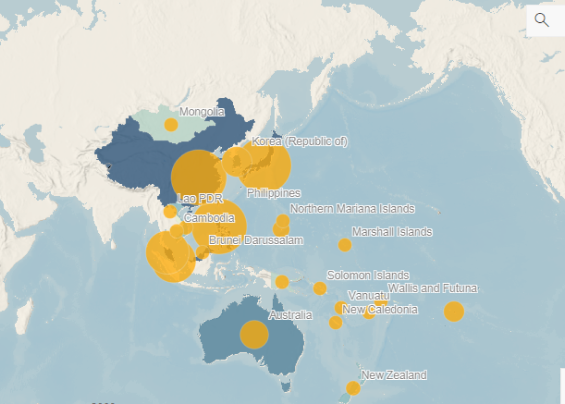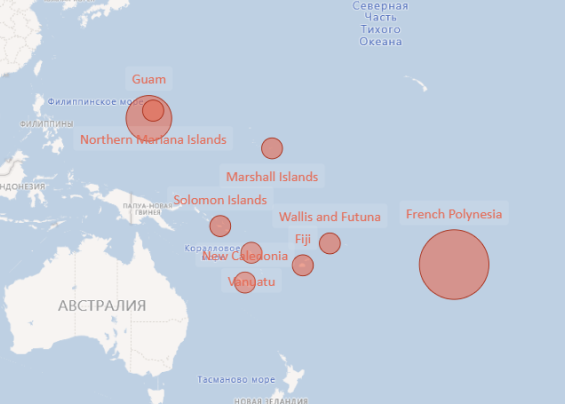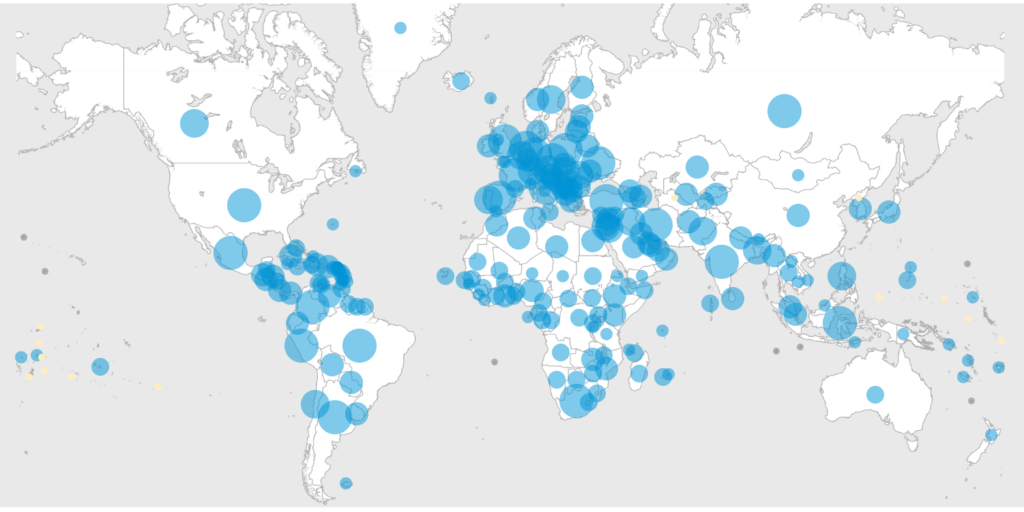Materials
Dashboards
Tools
This page is devoted to health information tools and digital solutions used to detect, prevent, and respond to the COVID-19 pandemic.
This page is dedicated to health information tools and digital solutions used to detect, prevent, and respond to various health challenges.. These tools are designed to empower individuals and healthcare professionals, enabling them to make informed decisions and take appropriate actions for health and well-being.

PHIN SUPPORT AGAINST COVID-19
Stay informed and connected
Effective outbreak management requires not only adopting the digital technology of choice, but to ensure there are enabling policies to adopt these tools within the healthcare system. Digital solutions, without its ability to generate meaningful information, has limited value. Data collected by digital tools are also needed to generate epidemiological insights and create models that can predict the future course of the pandemic.
With ongoing guidance from WHO, PHIN support its members in their response to COVID-19 through knowledge sharing, capacity building and expert advisories. This page is devoted to the health information tools and digital solutions being used to detect, prevent and respond to the COVID-19 pandemic. Here we highlight the WHO guidelines and the various digital solutions adopted by Pacific countries and territories in their response to protect their countries from the pandemic. With the rapid increase in the number of digital technologies, the decision on what and why to invest are often not clear cut.
The Technical Resources section includes access to free technical resources such as dashboards, webinars, online-courses, publications, tools and guidelines on COVID-19. PHIN members are always encouraged to actively share their knowledge and experience to raise awareness, increase confidence in adoption, and to ensure digital technologies can meet the countries’ needs during this extraordinary times.
FEATURED MATERIALS
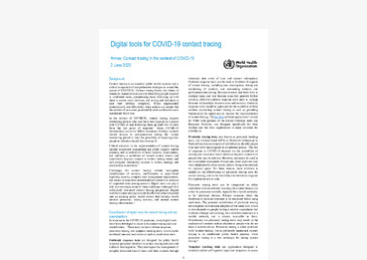
MATERIAL JUNE 2020
Digital Tools For COVID-19 Contact Tracing
VIEW MATERIAL
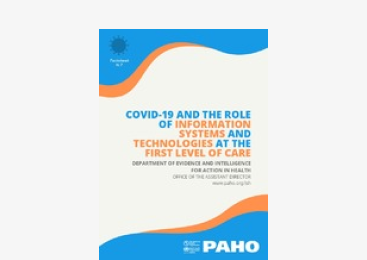
MATERIAL MAY 2020
COVID-19 Factsheets: COVID-19 And The Role Of Information Systems And Technologies At The First Level Of Care
VIEW MATERIAL
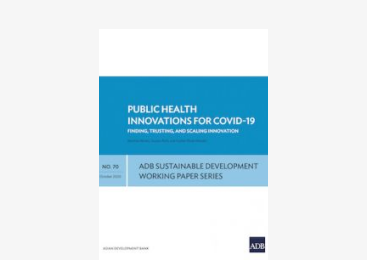
MATERIAL OCTOBER 2020
Public Health Innovations For COVID-19: Finding, Trusting, And Scaling Innovation
VIEW MATERIAL

ONLINE COURSE JUNE 2020
COVID-19 Contact Tracing
ACCESS THE COURSE

ONLINE COURSE JUNE 2020
Measuring And Maximizing Impact Of COVID-19 Contact Tracing
ACCESS THE COURSE
COVID-19 DASHBOARDS:
CURRENT SITUATION OF THE PANDEMIC
The need to track COVID-19 has fueled the innovation of data visualization dashboards that visually display disease burden. WHO and The Johns Hopkins University (MD, USA) dashboards provide up-to-date visuals of COVID-19 cases and deaths around the globe
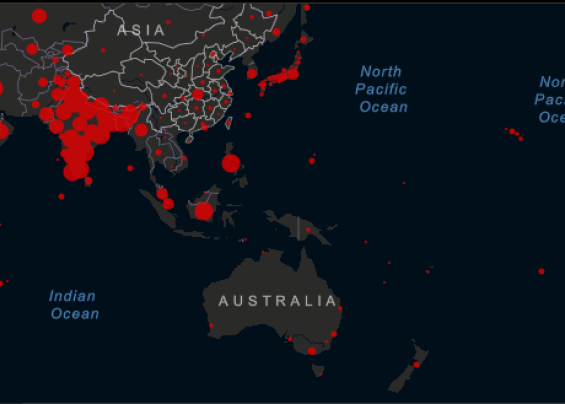
COVID-19 Dashboard by the Center for Systems Science and Engineering (CSSE) at Johns Hopkins
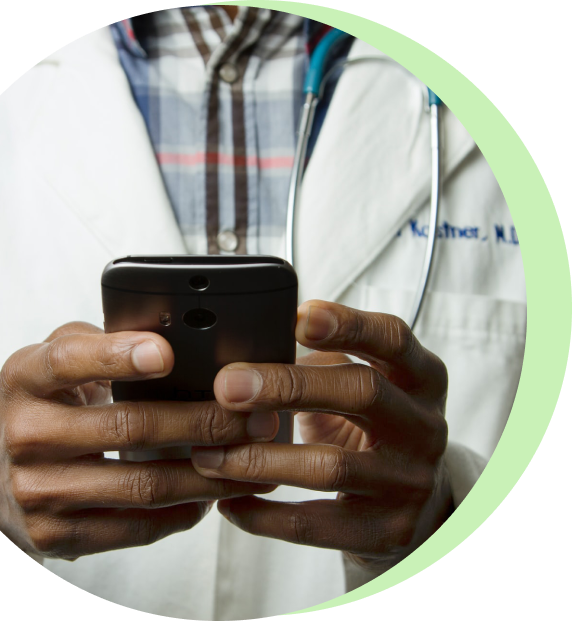
DIGITAL TOOLS
Strong health information systems enable people to test, diagnose, quarantine and manage cases. It also allows the exchange of information with other medical providers, analyze the data and rapidly share the results of those analyses — all essential steps to create an effective pandemic response. Health information systems, along with harmonized information achieved through standards, are the combined multiplier effect of a national diagnostic network, laboratory systems, supply chains and surveillance mechanisms all working together.
In response to the COVID-19 pandemic, many digital tools have been developed to assist with contact tracing and case identification. These tools include outbreak response, proximity tracking and symptom tracking tools, which can be combined as a suite of integrated tools or used as stand-alone tools. Several existing digital health applications allow countries to quickly capture and analyze testing data, to act on positive cases and to implement strategies to prevent community spread – including contact tracing. This works best if the solution architecture is flexible so that COVID-19 or other emerging communicable disease modules such as leptospirosis and dengue can be incorporated, populated and the data shared to provide a multi-purpose surveillance solution.
If there is one important global learning from the COVID-19 pandemic, countries need to always be prepared for another pandemic and continually invest in strengthening their digital surveillance of diseases and outbreak response capacity.
OUTBREAK RESPONSE TOOLS FOR MANAGING CASES AND THEIR CONTACTS
Outbreak response tools are designed for public health response personnel involved in contact tracing activities and outbreak investigations. They encompass the management of complex relationships between suspected cases and their contacts through the electronic data entry of case and contact information. Outbreak response tools can be used to facilitate all aspects of contact tracing, including case investigation, listing and monitoring of contacts, automating analysis, and performance monitoring.
Because a person may be linked to multiple cases, or that person may become a confirmed case that have links to other contacts, automated outbreak response tools are needed to manage the continuous and dynamic relationships between cases and contacts. Outbreak response tools should reflect the workflows in field doing the contact tracing as well as providing supervisors to monitor its implementation.
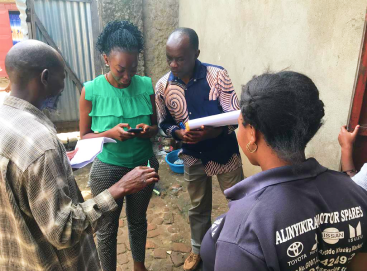
OUTBREAK TOOL
Go.Data
Go.Data is an outbreak investigation tool for field data collection during public health emergencies. The tool includes functionality for case investigation, contact follow-up, visualization of chains of transmission including secure data exchange and is designed for flexibility in the field, to adapt to the wide range of outbreak scenarios. The tool is targeted at any outbreak responder. Go.Data is the initiative of a group of
READ ABOUT TOOL
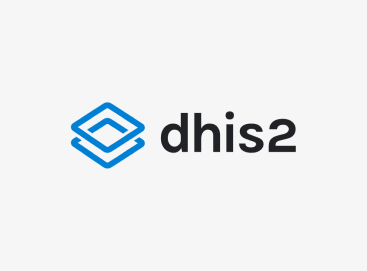
OUTBREAK TOOL
DHIS2 COVID-19 Surveillance Digital Data Package
DHIS2 has released a digital data package to accelerate case detection, situation reporting, active surveillance and response for COVID-19. The package is inspired by the Ministry of Health Sri Lanka’s pioneering design of DHIS2 tracker for COVID-19 case detection and draws on years of collaboration with the World Health Organization
READ ABOUT TOOL

OUTBREAK TOOL
SORMAS
SORMAS (Surveillance Outbreak Response Management and Analysis System) is an open source mobile eHealth System that processes disease control and outbreak management procedures in addition to surveillance and early detection of outbreaks through real-time digital surveillance including peripheral health care facilities and laboratories.
READ ABOUT TOOL
VACCINATION DATA MANAGEMENT TOOLS
Vaccine Delivery, Data Management and Electronic Immunization Information Systems
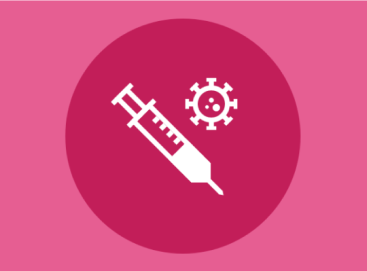
VACCINATION TOOL
DHIS2 COVID-19 Vaccine Delivery Toolkit
Strengthen national immunization systems, introduce fit-for-purpose digital solutions and leverage local expertise for equitable COVID-19 vaccine delivery.
READ ABOUT TOOL
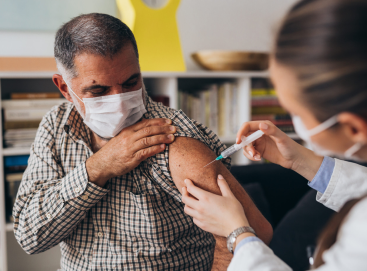
VACCINATION TOOL
EMTrack
The solution enables people to schedule COVID-19 tests and helps agencies operationalize mass immunization campaigns. EMTrack is regularly used for the flu and this module will help agencies responding to COVID-19 as vaccines become available in the U.S.
READ ABOUT TOOL

VACCINATION TOOL
WebIZ Immunization Registry
WebIZTM is a Web-based, database-driven immunization registry system currently implemented at numerous state and local government agencies in the US and internationally; also in FSM, RMI, CNMI, Palau and Guam in the Pacific. Designed to meet the standard requirements for effective tracking and
READ ABOUT TOOL

VACCINATION TOOL
Vaxigo: Vaccination Management System
Vaxigo is a Vaccination Management System leveraging self-service applications to transform the delivery of vaccines for both patients and providers.
READ ABOUT TOOL
SYMPTOM TRACKING TOOLS
Symptom tracking applications designed to routinely collect self-reported signs and symptoms. Most of applications are app-based daily self-reporting tools for smart-phone users.

TRACKING TOOL
SARA ALERT
SARA ALERT system: Sara Alert™ enables public health officials to enroll individuals at risk of developing a disease of interest (“monitorees”), for example COVID-19. Once enrolled, individuals can report their (and their household members’, if applicable) symptoms daily through multiple platforms (e.g., mobile, desktop, text-based, voice), providing public health departments improved situational awareness.
WATCH THE VIDEO
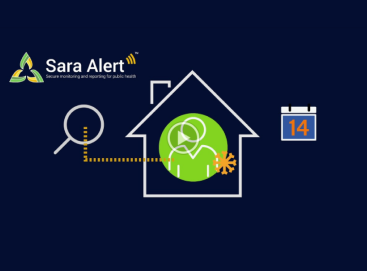
TRACKING TOOL
Sara Alert™: Secure Monitoring and Reporting for Public Health
Sara Alert™ is a standards-based, open source tool that allows public health officials to monitor individuals at risk for COVID-19, enabling real-time insights and increased reporting capability for early containment of the virus. The tool allows individuals to report daily symptoms through web, text, email, or phone calls.
READ ABOUT TOOL
PROXIMITY TRACING TOOLS
Proximity tracking tools, use location-based (GPS) or Bluetooth technology to find and trace the movements of individuals to identify people who may have been exposed to an infected person. The risk of exposure to COVID-19 depends on the probability of coming into close
(less than 1 metre) or frequent contact with people who may be infected.
This would ultimately allow the phone of a patient who has tested positive for COVID-19 to anonymously make users aware they have been in close proximity to that patient. The second is the use of location services in contact tracing software applications.
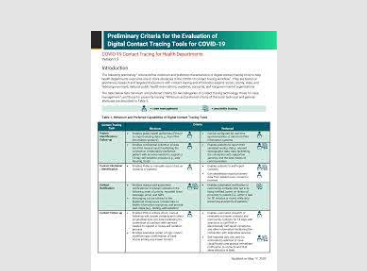
PROXIMITY TOOL
Preliminary Criteria For The Evaluation Of Digital Contact Tracing Tools For COVID-19
READ PUBLICATION

PROXIMITY TOOL
Guam: Guam COVID Alert AppGuam: Guam COVID Alert App
WATCH THE VIDEO
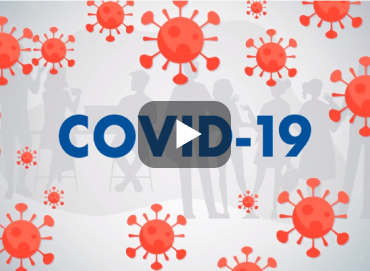
PROXIMITY TOOL
Fiji: CareFiji App
WATCH THE VIDEO
HEALTH IDENTIFICATION AND BIOMETRICS
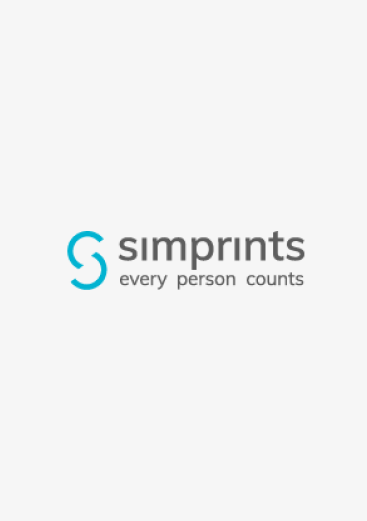
COVID-19: Simprints Contactless Biometrics
Simprints´ biometric solution solves this challenge in the context of contact tracing, testing and case management for COVID-19. From testing to discharge, suspected cases require multiple touch points with the health system and resources need to be carefully prioritized among confirmed cases. Without a unique identifier, time may be wasted searching for patient records, patients may fail to receive their test results, and lives may be lost from compromised quality of care.
Simprints’ contactless biometric identification enables accurate enrollment and identification of patients. This can facilitate high quality data collection on the number of new and suspected cases and can be rapidly deployed and scaled on low cost Android devices.
Workflow is designed on WHO (FFX) Protocols for contact tracing and case management and is interoperable with all major open source data collection platforms such as CommCare,
Open SRP or IS2.
LEARNING AND VIRTUAL HEALTH ASSISTANTS

WHO Academy: COVID-19 Learning
This app provides health workers everywhere with an efficient way to access the World Health Organization’s COVID-19 knowledge resources all in one place, including up-to-the-minute guidance, tools, training, self-paced learning, and virtual workshops to support health workers in caring for patients infected by COVID-19 – as well on how they can protect themselves as they do their critical work. Includes access to WHO’s rapidly expanding and evolving training materials and guidance, along with opportunities to participate in virtual skills workshops and other live training. FUNCTIONALITY: Reference Comprehensive management. Questionnaires and tests, Health service relationship, geolocation, prevention, quarantine management, state credentials.
COVID-19: HealthBot Framework

Conversational AI for Healthcare
• Hospitals and Medical Call centers cannot cope with all the questions from citizens
• Hospitals are looking for ways to enable Triage and handover to Telehealth
• Hospitals do not have insights in regards of who, where and how many people have questions
The Microsoft Healthcare Bot service is a cloud service that empowers healthcare organizations to build and deploy AI-powered virtual health assistants and chatbots that can be used to enhance their processes, self-service, and cost reduction efforts.
The chatbot guides users through self-assessment and connects them to additional resources and medical professionals if the patient has been determined to be at risk.
Built-in healthcare intelligence: The Healthcare Bot comes with built-in healthcare AI services, including a symptom checker and medical content from known industry resources, and language understanding models that are tuned to understand medical and clinical terminology.
ADDITIONAL COVID-19 RESOURSES
WHO Coronavirus disease (COVID-19) pandemic: Country & Technical Guidance
To view WHO’s country and technical guidance on COVID-19
VIEW MATERIAL
CDC Guide to Global Digital Tools for COVID-19 Response
The guide compares the District Health Information Software (DHIS2), the Surveillance, Outbreak Response Management and Analysis System (SORMAS), Go.Data, Open Data Kit (ODK), Epi Info, CommCare, KoboToolbox, Excel, and paper.
VIEW MATERIAL
Johns Hopkins Coronavirus Resource Center
The Johns Hopkins Coronavirus Resource Center (CRC) is a continuously updated source of COVID-19 data and expert guidance. We aggregate and analyze the best data available on COVID-19—including cases, as well as testing, contact tracing and vaccine
VIEW MATERIAL
Initiative on the Digital Economy (IDE) Rapid Response Hub for COVID-19
MIT"s Initiative on the Digital Economy's (IDE) COVID-19 Rapid Response Hub is an open-source repository for timely, fact-based, and actionable information.
VIEW MATERIAL
IDB COVID-19
The page is dedicated to Digital Coronavirus Disease (COVID-19) Pandemic responses. In this page, you can learn about digital solutions being used around the world to fight COVID-19, Digital solutions LAC governments are using to fight the pandemic, and access technical resources like webinars, publications
VIEW MATERIAL
The BID Learning Network (BLN)
The BID Learning Network (BLN) was established in 2014 as part of the BID Initiative to bring together digital health experts and immunization program managers from across sub-Saharan Africa to exchange experiences in implementing electronic immunization registries, data management systems
VIEW MATERIAL

All technical guidance on COVID-19

WHO Pacific COVID-19 updates

CDC: Coronavirus (COVID-19)

